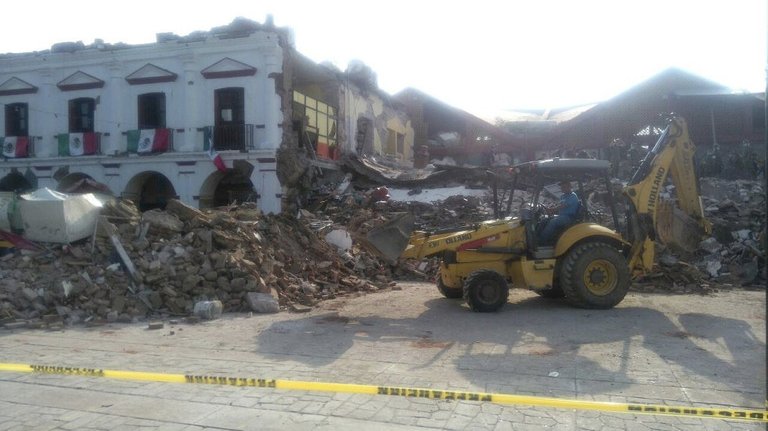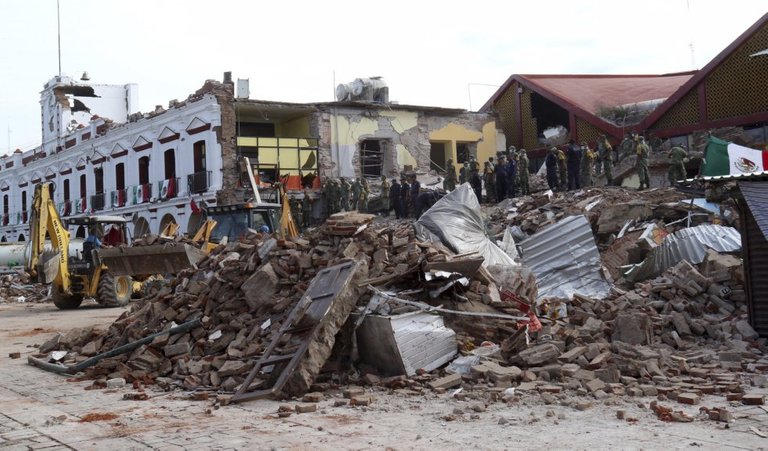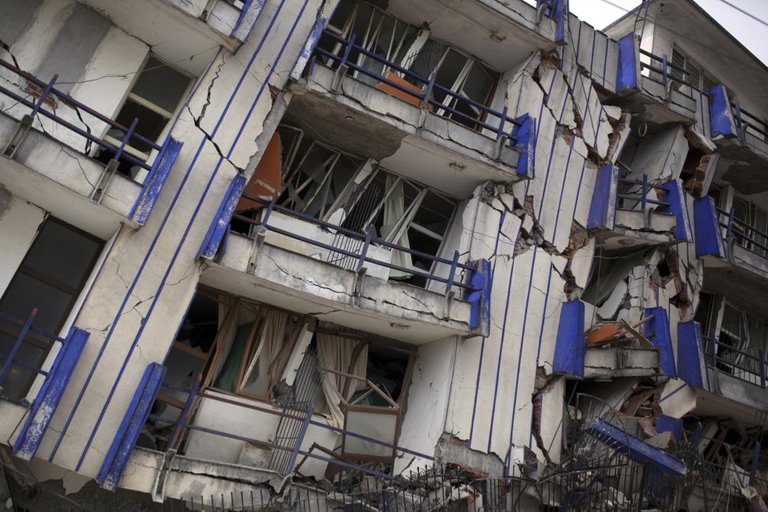At 23.49 on Thursday Mexico trembled as it had not in nearly a century. A magnitude-8.2 earthquake swept across most of the country, killing more than 60 people and injuring hundreds in the south, the epicenter of the earthquake. Oaxaca and Chiapas were the hardest hit areas. In the capital, where about 20 million people live, the panic was total. The fear seized a city in which to remember the nightmare of the earthquake of 1985, that left almost 10,000 dead, is recurrent. If the tragedy this time has not been greater is due to the earthquake occurred much deeper and further, but to the lessons learned from that catastrophe and measures taken in the last three decades.
More than 50 million people, of the 120 million who live in Mexico, suffered the earthquake and had to leave their homes in the most rushed way. With nothing. And if anything they carried, it was fear. It was 85 years since a country so accustomed to earthquakes like Mexico did not register an earthquake of this magnitude, although the uncertainty that generates such a shock is such that the statistics is relegated to the background. From that time until mid-day on Friday, there were more than 370 replicas, the most intense of 6.1. From the outset, the president, Enrique Peña Nieto, had warned that the main risk for the country and the worst hit areas were the aftershocks that occurred during the 24 hours after the earthquake and that, in this case, could reach a magnitude of seven degrees.
So far 61 in the number of deaths caused by this earthquake

Q1pyYJ2oMabEWbMjRhym/1504850663_812605_1504901978_album_normal.jpg)

 
images from google
@originalworks